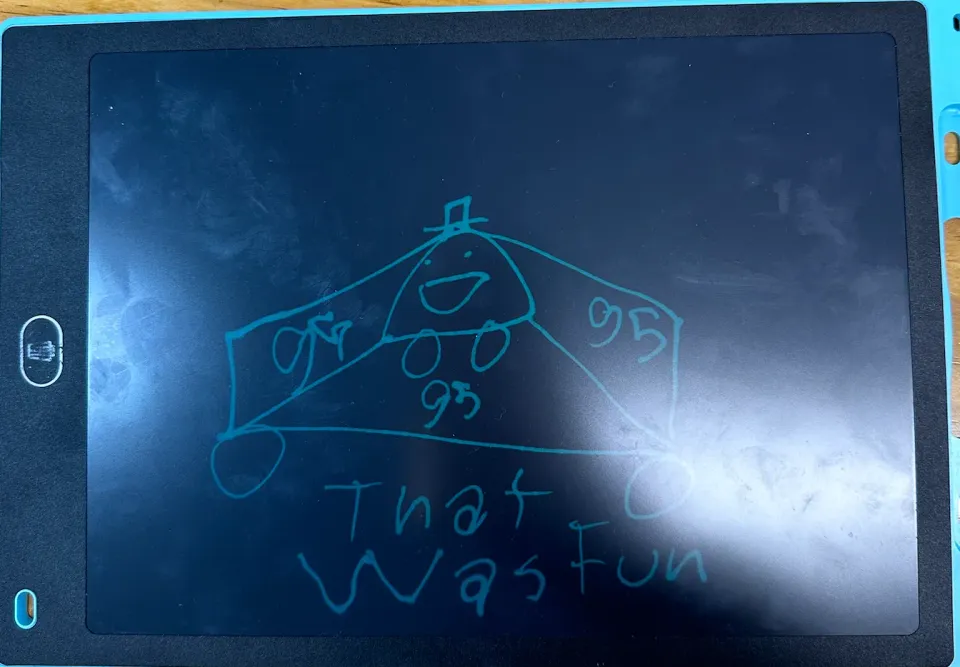Accommodations are critical

We need to change how children are supported rather than change the child.
The Enhancing Learning system identifies how the environment and the adults supporting a child in that environment need to accommodate the unique needs of a child. When this accommodation is the right match the child can engage and learn from the world around them.
This is not the medical view of the child where “disorders” are “treated”.
It is a human view of a child.
It is a view that when a child’s needs are appreciated and nurtured they will thrive. They will thrive in the learning that is important to that child. In this view, adults have a unique role to play in their interactions with the child.
That is,
- to get deeply curious about the child's actions and reactions,
- to actively problem-solve and interpret the possible intention of the child,
- to experiment with modifying barriers restricting how easily and clearly the child’s intentions can be understood,
- to embrace every successful modification and nurture its continual use.
Let’s explore these steps in action.
One of our little guys has very specific interests, superb strengths in numbers and reading, and an architectural view of the world around him. But his manipulation skills lagged behind the beautiful ideas in his mind. Slight errors in his drawing (where his fine motor skills didn’t match up with his internal intention) resulted in big emotions and the destruction of the paper in question.
With the support of the adults around him, he began to extend his engagement in drawing and writing attempts, particularly using whiteboards (accommodation), not paper.
Having an eraser always close by (accommodation).
Using an AAC app (accommodation) to support him to share his ideas and to type to show his knowledge and preferences.
Then we offered him a new way to share his ideas. A type of etch-a-sketch without the clunky quality. An LCD tablet with low glare.
With this tool, there are no residual marks left behind for children with visual sensitivity (an older child had once remarked to me “do you know I can read what has been rubbed off that board as easily as I can read what you have written over it). It also has a quick delete button to remove all the writing and images that nurtures the child’s need to clear errors quickly to support his regulation.
How do we know the accommodation option was successful? For our young friend it was:
A face of pure joy and a smile to light up the room.
Consistent and continual use of the tool whenever possible.
Searching the room until the tool is found.
His drawings became increasingly complex and directed over a short span of time (shared with adults he feels safe with purpose and joy at our reactions). This culminated in several detailed story productions including this sequence where he sets the scene (shopping day for Lightning McQueen), a problem event (poo on the road), an emotional reaction (ahhh) then finally success arriving at the shops, entering the shops and getting to "Eat"!
One accommodation.
Resulting in an explosion in his ability to share his ideas and knowledge with us.
The challenge is for adults to find the key. We need adults who value curiosity well above compliance for our small human beings.